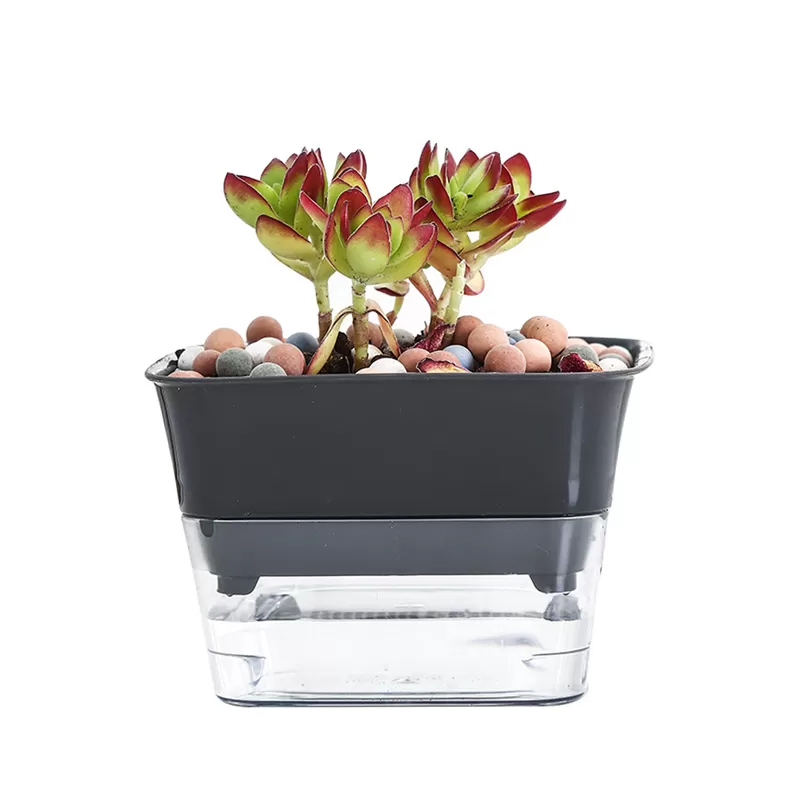Dec. 20, 2023
Home & Garden
In the world of gardening, innovation is continually reshaping the way we care for our beloved plants. One such innovation that has taken the gardening community by storm is the revolutionary self-watering plant pots. These ingenious creations have become a game-changer for both novice and seasoned gardeners, ensuring optimal plant hydration with minimal effort. Let's dive into the intricacies of these pots and unravel the magic behind their functionality.

At the core of self watering plant pot lies the principle of capillary action, a phenomenon inspired by nature's own irrigation system. The pots are equipped with a water reservoir at their base, connected to the soil through a series of capillary wicks. These wicks draw water from the reservoir into the soil, maintaining a consistent level of moisture around the plant's roots.
Unlike traditional pots that rely on sporadic watering schedules, self-watering pots provide a steady supply of moisture directly to the roots. This ensures that plants receive the water they need precisely when they need it, promoting healthier growth and reducing the risk of overwatering or underwatering.
The reservoir, often located at the pot's base, serves as a water bank for your plants. It's designed to hold an adequate amount of water, extending the time between watering sessions. This feature is especially beneficial for individuals with busy lifestyles or those prone to forgetful watering habits.
Picture the capillary wicks as tiny conduits that bridge the gap between the reservoir and the soil. These wicks transport water upward through the soil, ensuring a continuous supply to the plant's roots. The result? A self-sustaining ecosystem where plants thrive with minimal human intervention.
Above the reservoir, the soil chamber houses the plant's roots. This is where the magic happens, as the capillary wicks disperse water evenly, creating an optimal environment for root absorption. The controlled release of water prevents waterlogging, a common issue in conventional pots.
Self-watering Plastic Pots excel in water conservation by delivering water directly to the root zone. This targeted approach minimizes wastage, making them an eco-friendly choice for conscious gardeners looking to reduce their environmental impact.
For beginners venturing into the world of gardening, self-watering pots act as a safety net. With a reduced risk of overwatering or neglect, these pots offer a forgiving environment for plants to flourish, instilling confidence in budding green thumbs.
Busy schedules often hinder our ability to tend to our plants regularly. Self-watering pots, with their extended watering intervals, provide a low-maintenance solution, allowing gardeners to enjoy vibrant blooms without compromising their time.
While self-watering pots accommodate a variety of plants, it's essential to consider the specific needs of your garden. Opt for plants with similar water requirements to maximize the efficiency of the self-watering system.
Strategic placement of self-watering pots is key to their effectiveness. Consider factors such as sunlight exposure, airflow, and the overall aesthetic of your garden when deciding where to position these innovative pots.
In the realm of gardening, adaptation to new technologies is crucial for fostering healthier and more vibrant plant life. Self-watering plant pots emerge as a beacon of innovation, simplifying the art of gardening for enthusiasts of all levels. As you embark on this horticultural journey, embrace the magic of self-watering pots and witness your garden bloom with vitality.
If you are interested in sending in a Guest Blogger Submission,welcome to write for us!
All Comments ( 0 )